Windows 11 was a strange shift in Microsoft's approach to new operating systems. Previously, if you wanted to install a new edition of Windows on your computer, it came down to whether your hardware was powerful enough to handle it. If you could use the new OS without slowing down or crashing regularly, you were all set. If you couldn't, you upgraded.
Windows 11 changed that. Now, you could own a computer that can handle whatever Windows 11 threw at it, but it was still deemed incompatible. The biggest culprit was TPM 2.0, a hard CPU requirement that Microsoft has stood by since its introduction. It doesn't matter how well your PC could render Windows 11; you weren't allowed in if the processor didn't support TPM 2.0.
So, we're five months away from Windows 10 losing support. According to StatCounter, while many people have already switched to Windows 11, the majority of Windows users are still on 10. That's a lot of people whose PCs won't be supported anymore in October.
In Microsoft's ideal world, all of those people will get rid of their Windows 10 PCs and purchase a new one. In reality, there are a lot more options people have at their disposal, and one of them is Linux.
3 Linux distros don't care about your CPU's TPM
All are welcome
The first problem people have with the upgrade idea is that it involves throwing out perfectly good hardware. Again, this is stuff that is perfectly able to render and process Windows 11 at a comfortable speed, but is deemed unworthy purely because it doesn't support TPM 2.0.
Linux distros don't have that problem. If your CPU doesn't support TPM 2.0, you can install Linux on it just fine. This makes Linux a really attractive option for people who wish to continue to use their perfectly good computer without the issues of losing OS support when Windows 10 leaves this October.
2 Linux distros are more lightweight
Making that older hardware sing
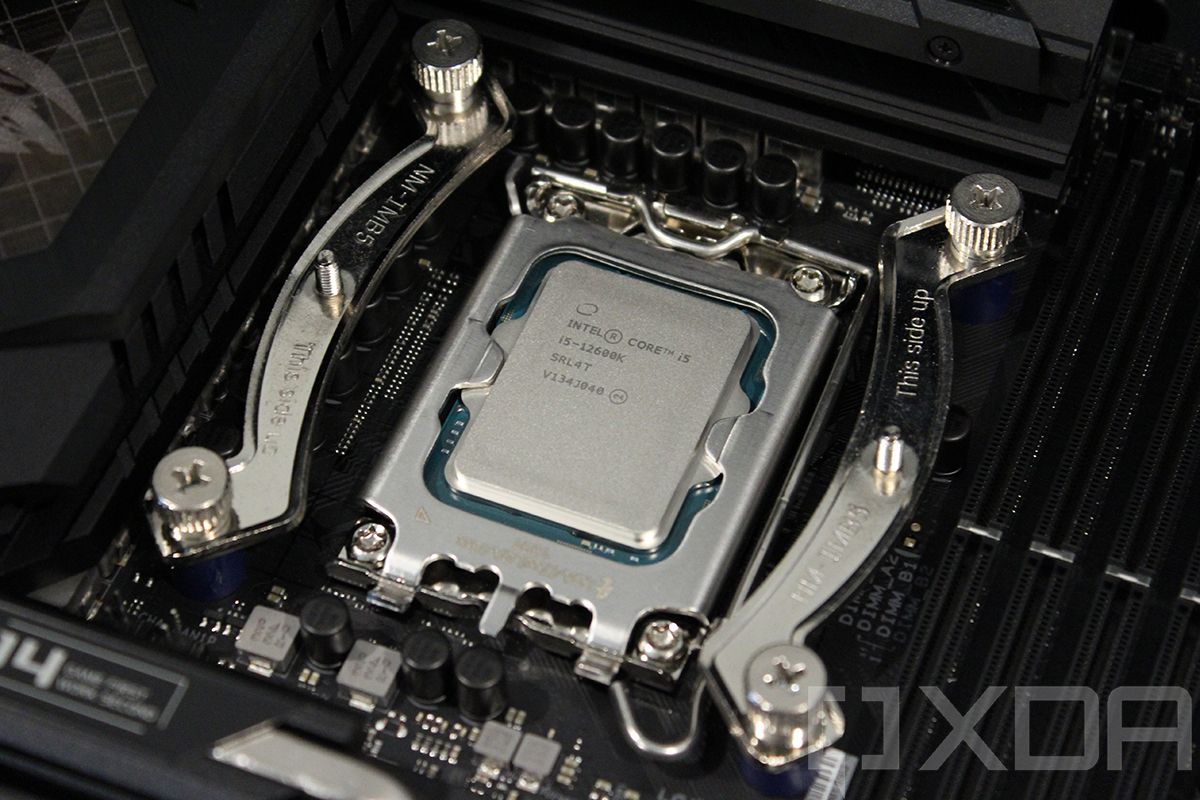
Desktop processor seated in its accessible socket
So here's the thing. If a CPU doesn't support TPM 2.0, it's usually because it's an older model: we're talking Intel 7th-generation processors and below. And while the RAM and GPU may be more modern, we can safely assume that computers that can't upgrade to Windows 11 are a little long in the tooth.
While these older machines can have Windows 11 force-installed on them, moving to Linux is likely the better play. When I installed Linux Mint on my Windows 10 machine, I actually noticed that my apps ran faster than they did before. It seems like a far better choice over trying to cram Windows 11 onto it.
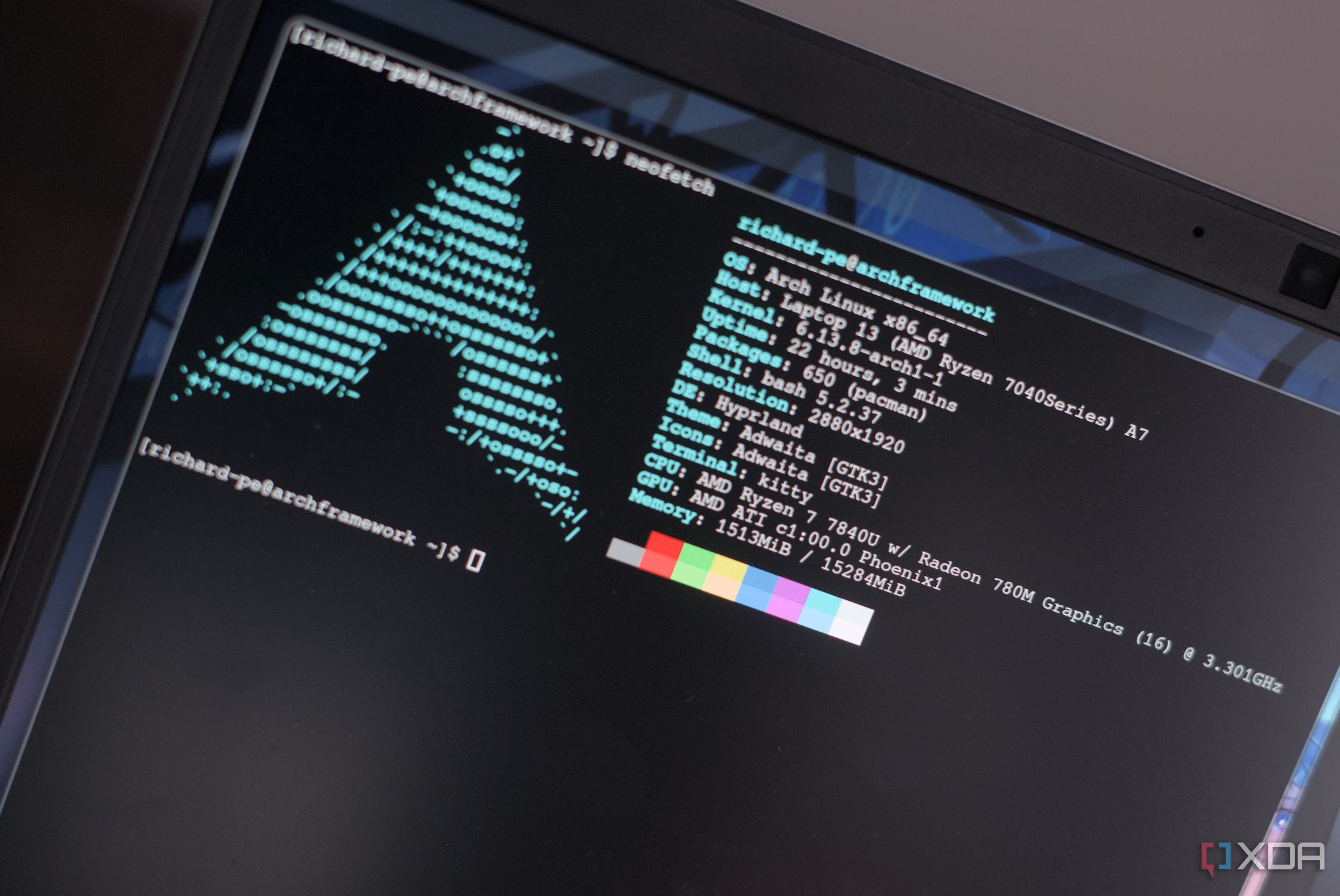
Related
5 cool distros that every Linux expert needs to try out
Bored of tinkering with simple Linux distributions? Here are some advanced distros designed to challenge your Linux skills
1 Linux offers a lot more customization and less bloat
It's like a breath of fresh air
Okay, so upgrading from Windows 10 to Linux on an older PC makes sense, but what does Linux offer for people who can use Windows 11? Well, as Microsoft adds more and more stuff to its operating system, people are finding that making the jump over to Linux is like going back to basics, in a good way.
For instance, take the time when PewDiePie installed Linux Mint on his PC. One of the reasons he did it was because Linux offered both zero bloat and more customization options:
As an epic minimalist, the bloat is real. It always bothered me. Anytime I install a new Windows, I spend like an hour trying to uninstall all the prepackaged BS that I don't want. Windows is like, "I know you paid $100 or whatever for me, but uh, I'm still going to put ads in here." Yay. Put a little AI in here. You want that, right? That doesn't benefit me. It's for you, the consumer. Bing. It doesn't benefit me that you use Bing, but please use Bing. Microsoft is an annoying suite apparently. With Linux, nothing. Serenity, please. Don't even get me started on the Windows taskbar. You control what's on your computer. Duh. It's obvious. How is this not a thing?
Meanwhile, Windows 11 is going in the opposite direction. We actually lost some customization options, like the taskbar that PewDiePie alludes to in the above passage. The Windows 11 taskbar has fewer options to it than Windows 10, and people have had to fix it by downloading third-party apps. Plus, as Microsoft begins rolling out Copilot on a larger and larger scale over Windows 11, we're just going to see more pre-installed bloat.
Windows 11 may be the breaking point for people
While upgrading from one Windows system to another has usually been painless, Windows 11 changed that. Unfortunately for Microsoft, it has opened the windows for Linux to strike.
.png)
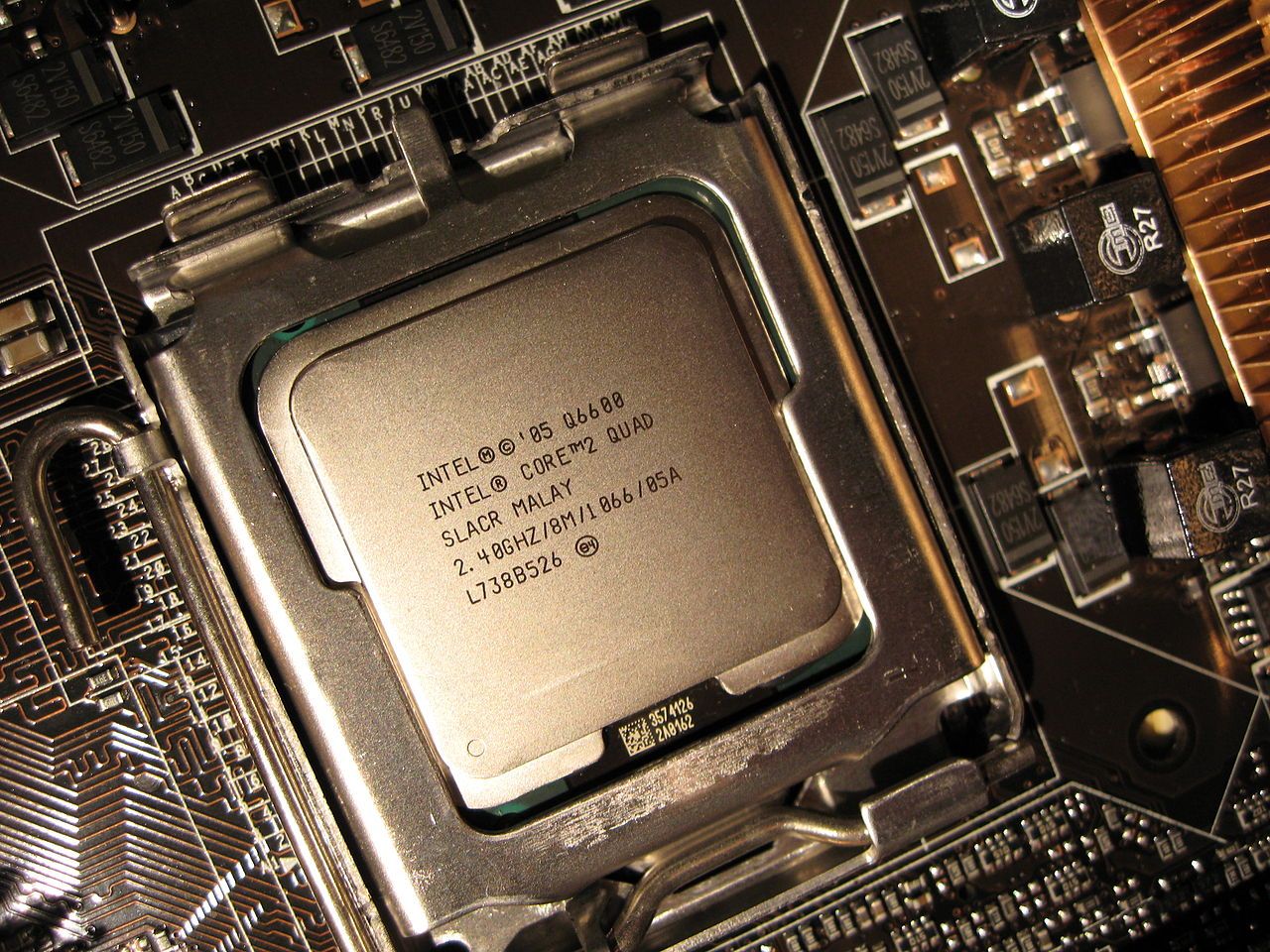
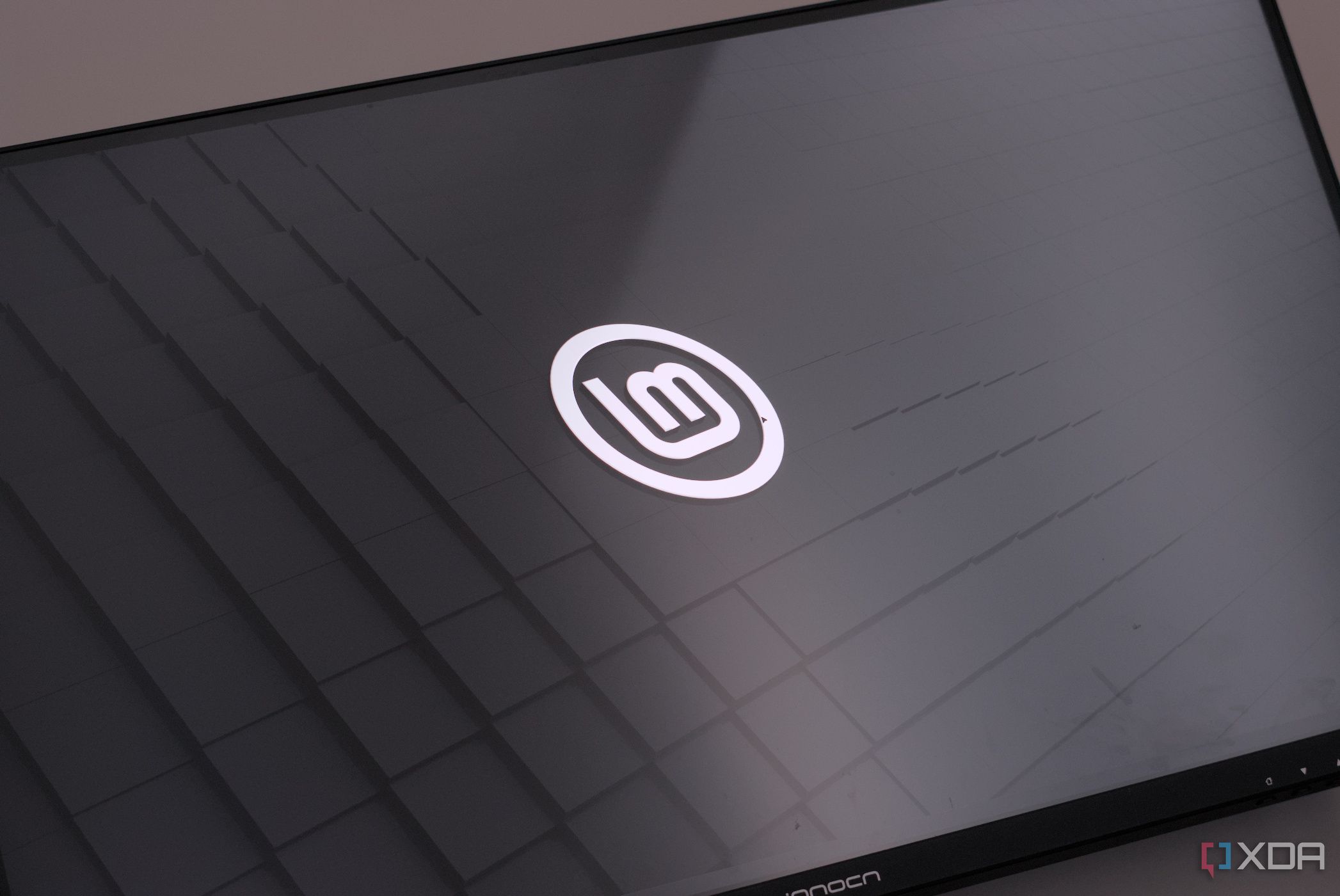


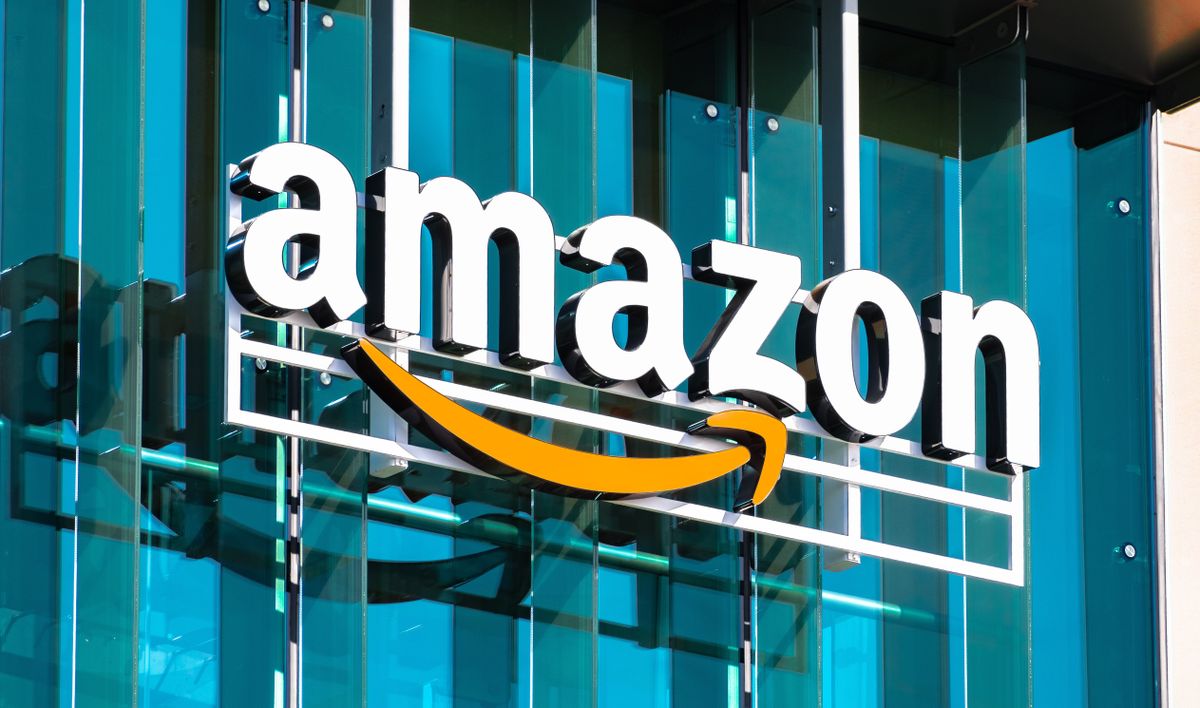







 English (US) ·
English (US) ·